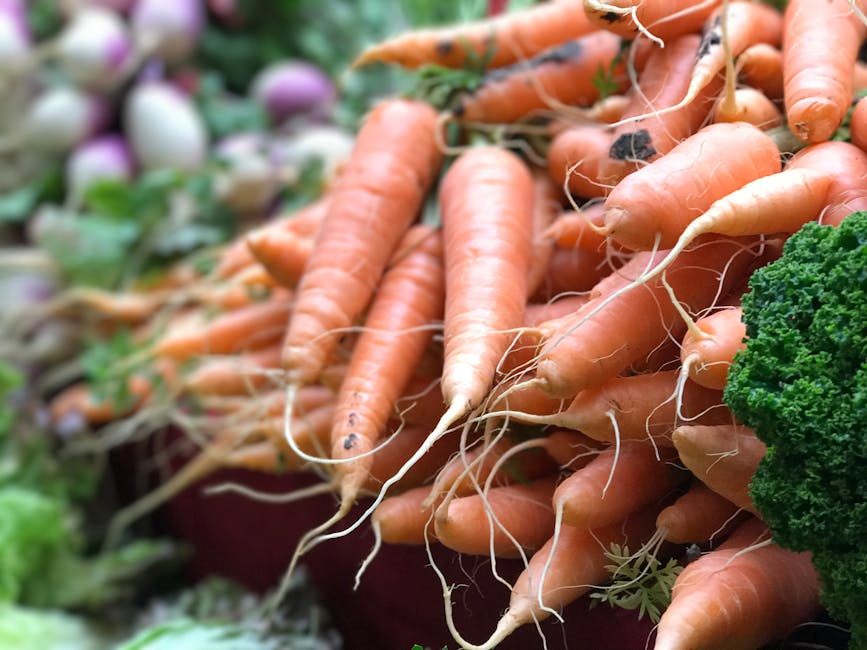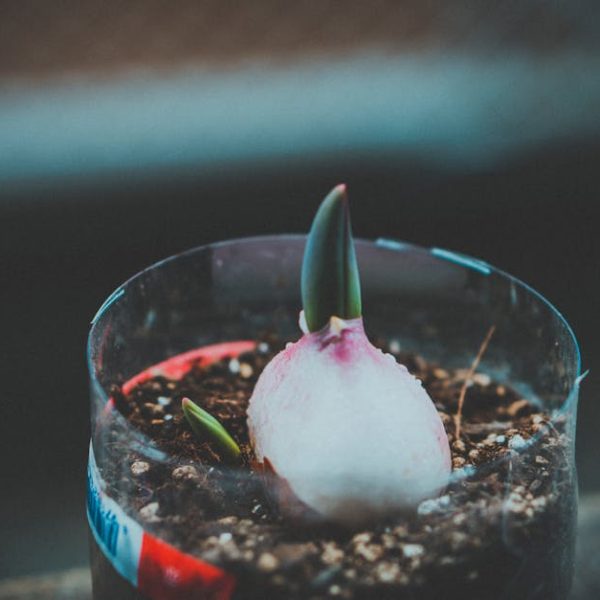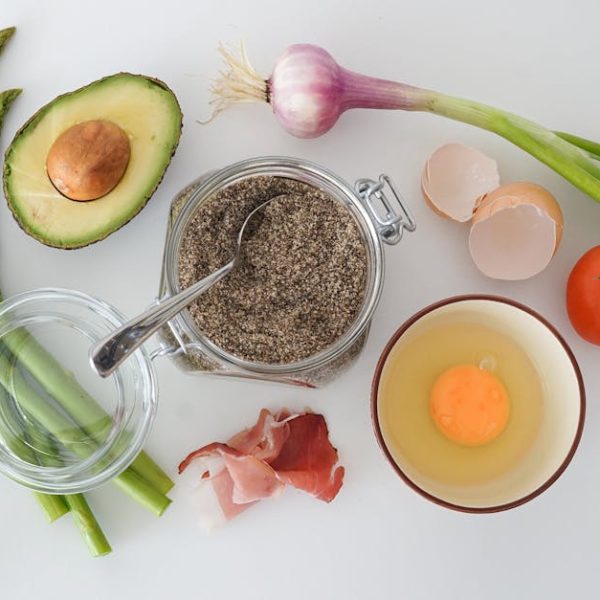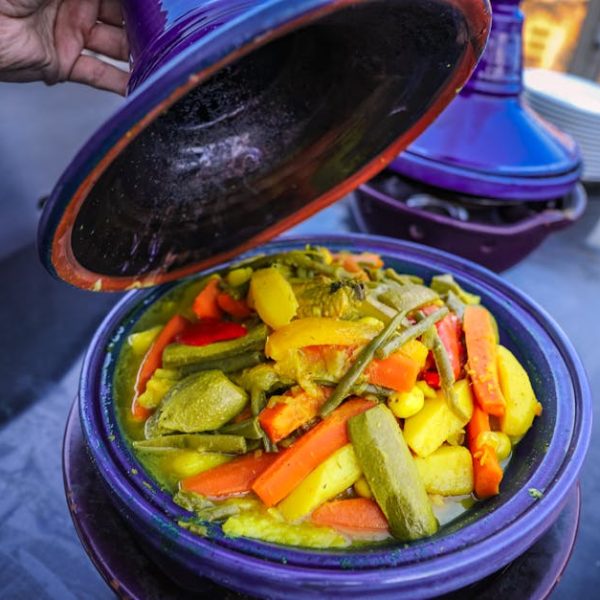The exploration of the world’s culinary treasures often introduces us to foods that may seem similar but offer different nutritional values and flavors. Two such examples are turnips and parsnips. At first glance, these root vegetables may deceive the untrained eye with their similar appearance, yet they possess distinctive features, physical attributes and intriguing dietary profiles that set them apart.
Physical Appearance and Texture of Turnips and Parsnips
There’s something incredibly pleasing about the sight of a crisp, fresh turnip. Round in shape, turnips usually don a purplish-white hue, revealing their membership in the cabbage family. In contrast, parsnips tend to be longer and wider, resembling a cream-colored carrot, a classic nod to its membership to the Apiaceae family.
Both harbor a characteristically rich texture, though they differ significantly, especially when cooked. Turnips, when cooked, are often described as being tender yet slightly grainy. On the other hand, parsnips maintain their firmness better during cooking, providing a more robust structure in dishes.
Nutritional Profile of Turnips and Parsnips
As delicious as they are frosted in butter and spices, turnips and parsnips also host a variety of vital nutrients. Turnips are known for their relatively high Vitamin C concentration, which bolsters the immune system. They are also a low-calorie choice, being high in water content.
Parsnips differ in terms of nutritional strength, boasting high amounts of dietary fiber, beneficial for digestion, and potassium, which can help regulate blood pressure. Their naturally sweet taste also signifies a higher sugar content compared to turnips.
Flavor and Culinary Uses of Turnips and Parsnips
Moving away from the nutritional table and onto the dining table, here is where the differences between turnips and parsnips truly shine. Turnips have a somewhat bitter flavor when consumed raw, but the flavors mellow out once cooked, taking a backseat to a mildly sweet, subtle earthiness. They are the traditional pick for dishes like stews, and mashed turnips is a classic dish enjoyed by many.
Parsnips, on the other hand, have a characteristically sweet taste, especially when roasted, making them a popular choice for crisps or as a substitute for carrots in some recipes. They weave impressively through diverse global cuisines, featuring in Middle Eastern stews, adding sweetness to British roast dinners and versatility to vegetarian meals.
The Growth and Harvest Cycle of Turnips and Parsnips
Interested in taking up a spade to cultivate these nutritious roots in your backyard? Understanding their growth and harvest cycle can give you a good head start. Turnips are a cool-weather crop, planted in early spring or late summer for a fall harvest. They grow relatively quickly, with some varieties ready for harvest as soon as 6 weeks after planting, and their flexible nature makes them an excellent choice for beginners. Parsnips are a bit more of a challenge, as they require a longer frost period to develop their sweet flavor. They’re best grown during colder seasons and generally take around 16-20 weeks from sowing to harvest. When they’re harvested after the first frost of the year, they yield the sweetest, most tender roots.
Health Benefits and Possible Risks of Turnips and Parsnips
Both turnips and parsnips bring a myriad of health benefits to the table. Turnips, with their high Vitamin C content, serve to enhance immune function, may help in preventing chronic conditions such as cancer, and even aid in weight loss thanks to their low-calorie count.
Parsnips, rich in dietary fiber, contribute largely towards digestion optimization and bowel health. Also, they’re a great source of potassium, essential for heart health.
However, it’s worth noting potential risks associated with consuming these crops. Some individuals might face allergic reactions to either vegetable. Hypersensitivity reactions such as skin rash or itching, swelling of the throat, or difficulty in breathing upon ingestion are telltale signs of an allergic response. Also, their relatively high amount of Vitamin K might interfere with blood-thinning medications. So, if you’re on such medication, it might be worth discussing with your doctor before consuming these root vegetables regularly.
In conclusion, while turnips and parsnips might resemble each other at the grocery store, their differences in taste, texture, nutritional value, and culinary uses set them apart. So, next time you find yourself before this root vegetable display, you’ll be fully equipped to pick the one that best suits your dietary and culinary needs!
Key Takeaway:
- Turnips and parsnips may appear similar but they each possess unique physical attributes, nutritional profiles, and culinary uses.
- Their physical differences include shape, color, and texture, with turnips being round, purplish-white and tender when cooked, while parsnips are longer, cream-colored and maintain firm texture after cooking.
- Nutritional value widely differs, as turnips majorly provide Vitamin C, while parsnips are rich in dietary fiber and potassium.
- The flavor profile of turnips and parsnips stands apart with their distinctive sweet, bitter, and earthy notes, influencing their unique roles in diverse cuisines.
- Their respective growth and harvest cycles vary significantly, with turnips being a cool-weather crop harvested within 6 weeks and parsnips requiring a longer frost period approaching 16-20 weeks to yield the sweetest and most tender roots.
- Both offer a myriad of health benefits but also host potential risks such as allergies or an interference with blood-thinning medications due to their Vitamin K content.
Regardless of your preference, both turnips and parsnips offer tantalizing flavors, rich nutrients, and health benefits that can wonderfully enrich your diet. Experiment with both in your kitchen and savor the unique culinary experiences they offer.
FAQs
Q: Can turnips and parsnips be used interchangeably in recipes?
A: While you can certainly experiment, it’s important to consider the unique flavors and textures each brings to a dish. Turnips have a slightly bitter taste that mellows when cooked, while parsnips offer a sweet, robust flavor.
Q: What are other good sources of Vitamin C if I don’t like turnips?
A: Other vegetables and fruits rich in Vitamin C include bell peppers, oranges, strawberries, kiwi, and guava.
Q: I want to try growing these at home. Which one is easier for a beginner gardener?
A: Turnips grow relatively quickly and can handle a variety of conditions, making them an excellent choice for beginners.
Q: Do parsnips really need frost to be sweet?
A: Yes, frost helps convert the starches in parsnips into sugar, enriching their taste.
Q: Do turnips and parsnips cause the same allergic reactions?
A: Not necessarily, the allergens found in these root vegetables can vary and, therefore, may cause different reactions in individuals. Always consult your doctor if you experience allergic symptoms after consuming these vegetables.
We encourage you to share this article with your friends and explore more insightful posts on our website.






